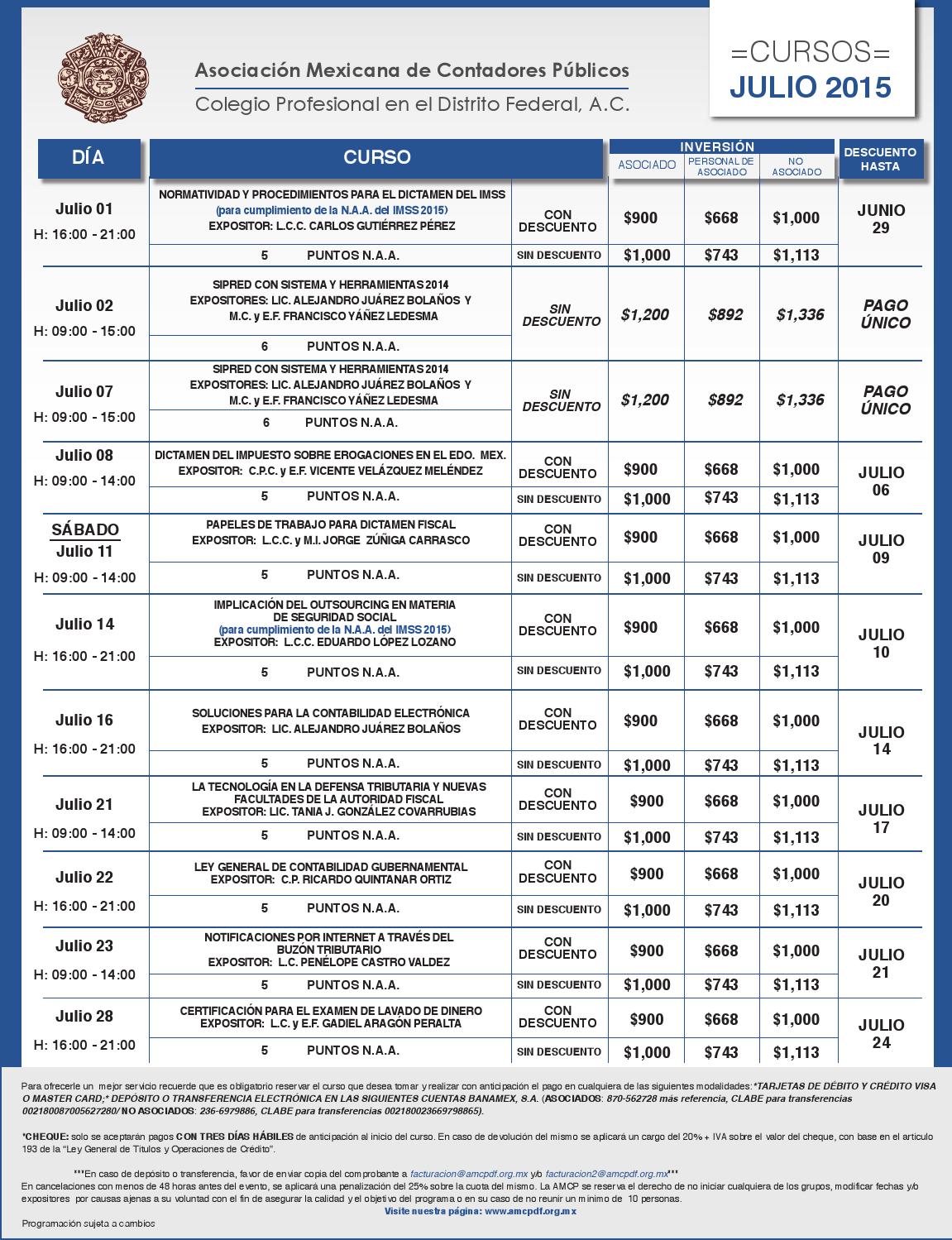

For example, Mayans and Aztec intellectuals have been reclaiming their own languages and using their original codices as guides. Why did I do this? In part, I have taken advantage of a language that is not yet standardized- Ecuadorian Kechwa isn’t-to experiment in using other indigenous’ peoples’ letters. Kechwa speakers and students will notice that I have not strictly followed the pronunciation and spelling conventions of Ecuadorian Unified Kechwa, but rather have applied vocabulary and conventions from Ecuador, Peru, and Bolivia. In one dialect people might say kanda instead of kanta ufiana instead of uvyana caca instead of q’aqa maskana, instead of maxkana. Within Ecuador, where I grew up, one finds minor letter changes between regions. There are dialectical differences between regions.

It is spoken today in Ecuador, Peru, and Bolivia. Kechwa is the most widely spoken indigenous language of the Americas. In the fall of 2004, with my beginning Kechwa students at Kansas University, and then with my Kechwa II students in the spring of 2005, we added many words and the English meanings to make it a tri-lingual Kechwa-Spanish-English dictionary. D ICTIO N ARY I N TRO DU CTIO N Dictionary Introduction In a cramped Quito apartment in the late 1990s, the first draft of this dictionary, in Kechwa and Spanish, was written by my brother, Nematni Baltazar Masaquiza Ch.


 0 kommentar(er)
0 kommentar(er)
